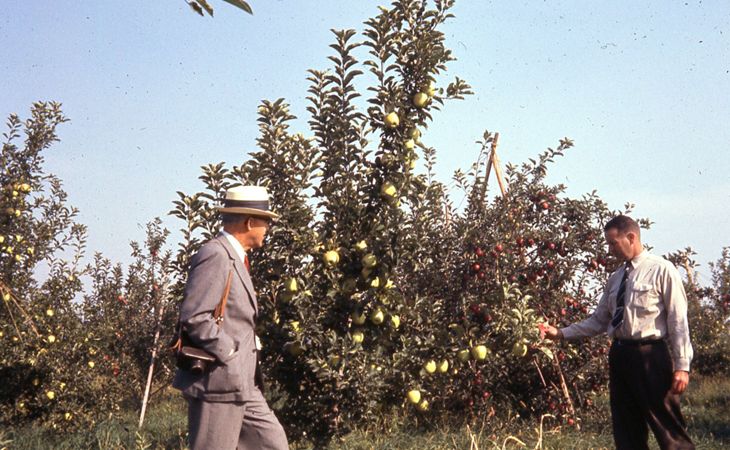Boosting Orchard Efficiency: The Rise of Starkspur® Apple Trees
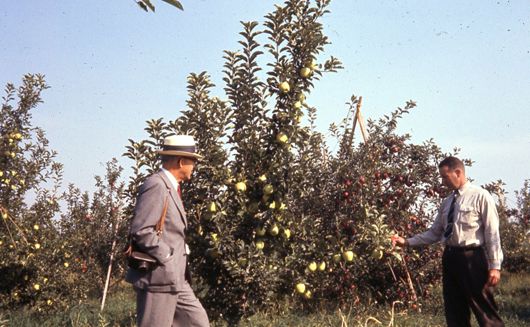
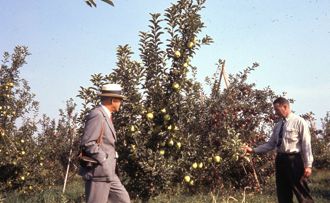
Apple trees have been an essential part of human civilization for centuries, providing us with delicious fruits and adding beauty to our landscapes. Over time, through careful cultivation and breeding, horticulturists have developed various apple tree varieties to suit different needs and preferences.
The Rise of Spur-Bearing Apple Trees
In traditional apple tree cultivation, orchardists relied on standard trees, which grow tall with long branches. While standard trees produce excellent fruit, their size and sprawling growth habit make them difficult to manage, harvest, and maintain. Additionally, standard trees take longer to bear fruit, making it less efficient for commercial orchards.
It was in the early-20th century that the concept of dwarf and spur-bearing apple trees gained attention. While Stark Bro's Nursery was instrumental in popularizing dwarf fruit trees, the development of spur-bearing apple trees followed closely behind. Spur-bearing trees are characterized by their compact size, short lateral branches, and the presence of spurs, which are stubby, fruit-producing shoots. These trees exhibit precocity, meaning they bear fruit at an earlier age compared to standard trees. The ability to harvest fruits earlier, combined with their manageable size, made spur-bearing apple trees highly desirable.

Stark Bro's Develops the Starkspur®
Stark Bro's Nursery played a significant role in the development and popularization of spur-bearing apple trees. One of Stark Bro's notable contributions came in the early 20th century when the nursery introduced the Starkspur® strain.
This breakthrough was a result of the dedicated efforts of Albert Etter, a renowned horticulturist known for his work on apple tree breeding. Stark Bro's collaborated with Etter and acquired exclusive rights to his spur-type apple varieties. Stark Bro’s has produced patented Starkspur® trees since 1952. Some of the best loved varieties are Starkspur® versions of Arkansas Black, Golden Delicious, UltraMac™, Starkrimson® Red Delicious, Red Rome Beauty, and Winesap apples.
The Starkspur® strain represented a significant advancement in apple tree cultivation, offering commercial orchardists a new level of efficiency and productivity. These trees had a more compact growth habit, required less space, and were easier to prune and maintain. They also exhibited superior fruit quality and a remarkable ability to bear fruit at a younger age.
Shop Spur Apple Trees
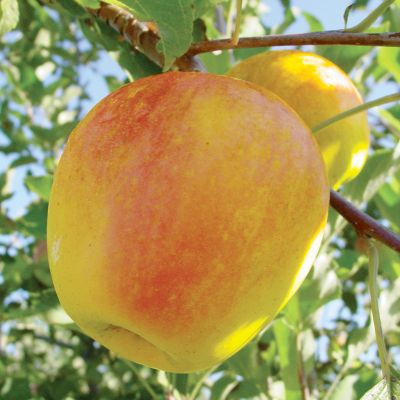 On Sale
CandyCrisp® Apple
Starting at $35.99
A Stark® Exclusive!
On Sale
CandyCrisp® Apple
Starting at $35.99
A Stark® Exclusive!
 On Sale
Jonagold Apple
Starting at $35.99
On Sale
Jonagold Apple
Starting at $35.99
 On Sale
Pink Lady® Apple
Starting at $32.99
On Sale
Pink Lady® Apple
Starting at $32.99
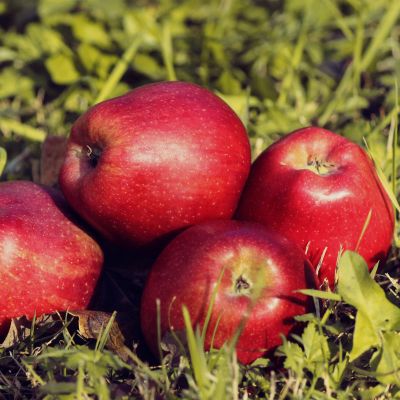 Red Delicious Apple
$199.99
Red Delicious Apple
$199.99
 On Sale
Starkrimson® Red Delicious Apple
Starting at $29.99
On Sale
Starkrimson® Red Delicious Apple
Starting at $29.99
 On Sale
Starkspur® Arkansas Black Apple
Starting at $29.99
A Stark® Exclusive!
On Sale
Starkspur® Arkansas Black Apple
Starting at $29.99
A Stark® Exclusive!
 Starkspur® Golden Delicious Apple
$64.99
A Stark® Exclusive!
Starkspur® Golden Delicious Apple
$64.99
A Stark® Exclusive!
 On Sale
Starkspur® McIntosh Apple
$59.99
On Sale
Starkspur® McIntosh Apple
$59.99
Advantages of Spur-Bearing Apple Varieties
Spur-bearing apple varieties offer the advantages of early fruit production, increased yields in limited space, and easier orchard management.

Early Maturity: Spur-bearing apple trees often start bearing fruit within two to three years of planting, while standard trees may take five to seven years. This characteristic allows orchardists to establish productive orchards more quickly and reduces the waiting time for commercial yields.
Improved Yields: Spur-bearing varieties produce fruit on the short lateral branches and spurs, concentrating the fruiting zone and maximizing the number of fruits per tree. This results in higher yields in a smaller space compared to standard trees.
Manageability: The compact size and well-structured growth habit of spur-bearing trees make them easier to manage. Pruning, thinning, spraying, and harvesting can be carried out more efficiently, reducing labor costs and overall orchard maintenance.
Space Efficiency: Spur-bearing apple trees require less space than standard trees, making them ideal for small-scale orchards or urban gardens. Their ability to fit in tight spaces makes them suitable for backyard cultivation as well.
Fruit Quality: Spur-bearing varieties are known for their excellent fruit quality, often producing large, flavorful, and visually appealing apples. This makes them highly sought after in both commercial and home orchards.
- Article Categories:
- How To Grow
- Product Features
- History & Heritage

